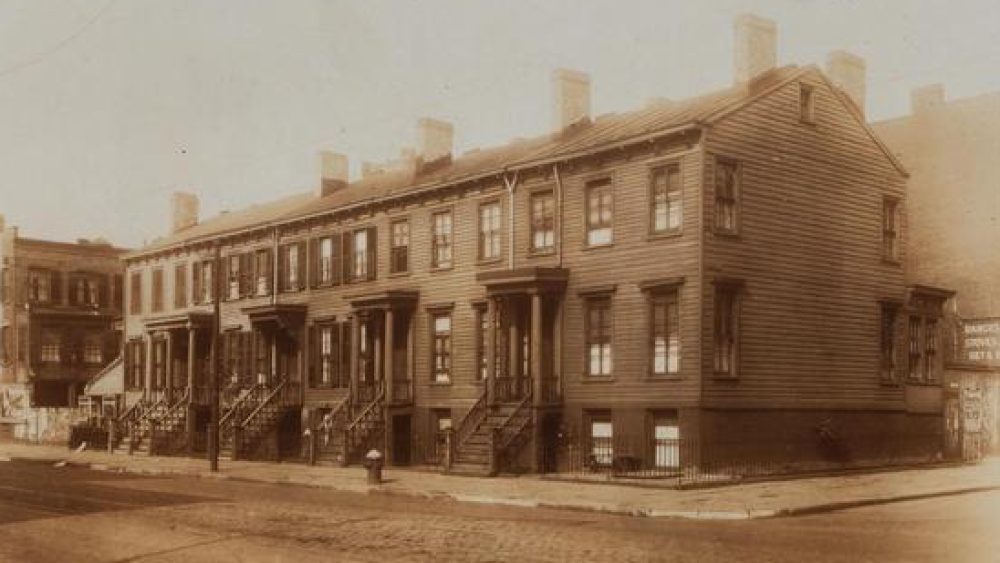
FOR A CITY that has endured wars, hurricanes, fires and earthquakes, the historic architecture of Charleston, South Carolina is amazingly well-preserved (or well-restored). An old-house enthusiast like myself has plenty to see: eight major house museums, beautiful churches and public buildings, and the rice plantations in the surrounding low-country, which provided the wealth that grew the city in the 18th and 19th centuries, on the backs of enslaved Africans.
I flew down here to join a friend who is driving from New York to Florida. We spent three nights at the comfortable and central Kings Courtyard Inn, below, a converted 1850s commercial building whose open-air atrium reminded me of Spain.



My head is stuffed with impressions from three days of walking tours, house tours and museum visits. Charleston is a city of ‘firsts’ and ‘oldests,’ of complicated and intertwining family trees. I took no notes, and you’ll forgive me if I gloss over historical details.
My stomach is stuffed too, with she-crab soup, fried green tomatoes, and shrimp and grits.We couldn’t get into the two Anthony Bourdain-recommended restaurants, FIG and Husk — the former because it’s closed for renovation and the latter because it’s booked weeks in advance. But we didn’t have a bad meal at any of the restaurants we tried along East Bay Street, including Slightly North of Broad, Magnolia’s and Amen Street, and Poogan’s Porch on Queen.
Day 1 began with a two-hour group walking tour with Charleston Strolls, an intelligent introduction to development of the city at the tip of a low-lying peninsula where two rivers meet, a meander through narrow stone streets lined with houses modest and grand, ending at the mansions along the Battery.





















Later, on our own, we visited the city’s main synagogue, a true temple in Greek Revival style, built in the mid-19th century; spent a little time in the Charleston History Museum (skippable) and then took the last of the day’s tours at the Joseph Manigault House, below, an early 19th century Federal brick building owned by wealthy planters that later became a tenement home to 10 families and served as Army housing during WWII, before being restored, appropriately furnished, and opened to the public.





On Day 2, we drove half an hour out of town to Middleton Place, a onetime rice plantation owned by a family whose members signed both the Declaration of Independence and the South Carolina Declaration of Secession. The house that remains is simple; Union troops burned the main building in 1865. But acres of formally landscaped gardens were restored by heirs in the 1920, and now the waterfront site is full of live (evergreen) oaks dripping with Spanish moss and banks of camellias in full January bloom.





This morning we ambled around parts of the historic district we’d missed and squeezed in one more house museum, the 1828 Edmonston-Alston House, below, from whose verandah (called piazzas in Charleston) Fort Sumter, where the first shots of the Civil War took place in 1861, is visible. I loved the Greek Revival moldings and the proportions of the rooms, not dissimilar to Brooklyn brownstones of the era — long and narrow, with a high-ceilinged second floor for formal entertaining, more modest family rooms downstairs.



Did I mention Charleston is a very pretty town? It’s not because of the pancake-flat topography, and even the harbor, sparkling as it is, lacks drama. (It was surely more interesting when filled with hundreds of boats, as it was in its heyday.) It’s the charm of the streetscape, lined with mostly three-story brick and stucco houses, nearly all with shutters and verandahs, impeccably tidy plantings, and, of course, historical plaques.






































































































